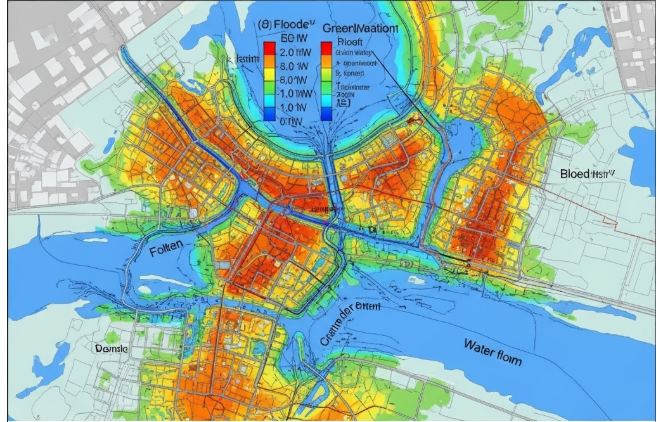Hydraulic Modelling
The use of mathematical models within GIS to simulate water flowthrough natural or built environments, critical for flood risk, drainage, and hydrological studies.

How do you define a Hydraulic Modelling?
Hydraulic modelling is the process of simulating the behaviour and movement of fluids, mainly water, in natural or artificial systems using mathematical and computational methods. It aids in forecasting the flow of water via drainage systems, pipes, channels, and rivers under different circumstances.
Among the main goals of hydraulic modelling are:
Examining water levels and flood threats
Creating sewage and water supply systems
Controlling runoff from stormwater
Analysing how infrastructure projects affect water flow
Depending on how complex the system under study is, hydraulic models can be one-, two-, or three-dimensional. In order to make well-informed decisions on water resources, they are crucial instruments in the fields of civil engineering, environmental management, and urban planning.
